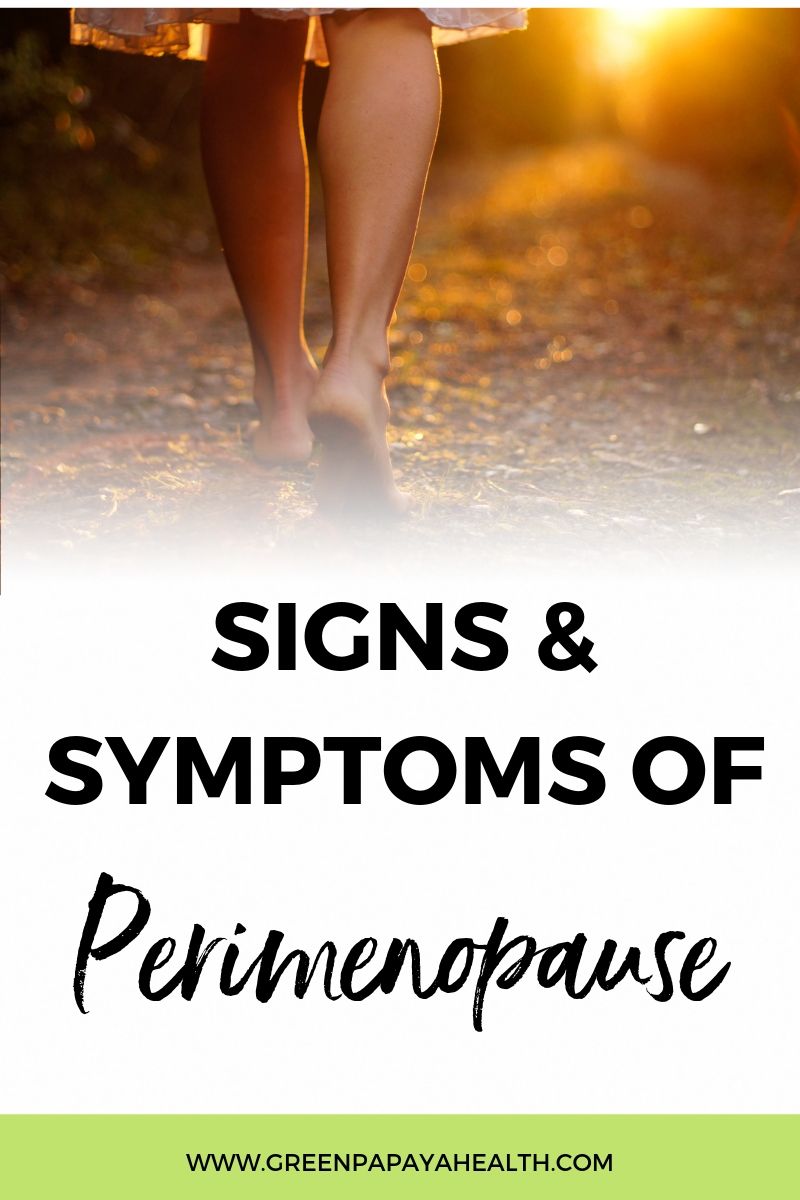Perimenopause what? When I use the word perimenopause many women don’t know what I mean. Many times perimenopause and menopause are combined as the same thing when in reality they are two very different parts of a woman’s life journey.
Perimenopause is the time leading up to menopause. It’s generally the 2-10 years before the menopause transition and the time when you’re likely to experience symptoms. Perimenopause usually starts in your 40s, but some women notice symptoms in their late 30s.
Menopause begins one year after your last menstrual cycle.
The average age of menopause is 51 so perimenopause can occur as early as age 35 in some women. This can be really startling to some women, and I get it. As an early/mid 40 something, it’s hard to wrap my mind around perimenopause or menopause. But I’m there and if you’re reading this and your 35-50 you might be too. So read on.

So just what is perimenopause and what’s happening during this part of your feminine life cycle?
We often think about estrogen when we think about menopause and rightly so, but it’s important not to forget about progesterone during this time frame. Progesterone levels start to decline before estrogen, and this can make our transition to menopause more difficult. Progesterone balances estrogen and when it starts to decline, it affects our mood, thyroid function, libido, weight, and menstrual cycle.
What Happens During Perimenopause?
Needless to say, perimenopause is a time of hormonal shifts and changes. I often use the analogy of puberty when describing perimenopause with my clients. I know, not a time we really want to revisit. The moodiness, acne, heavy, irregular periods. Not really fond memories, am I right?
These symptoms were due to estrogen and your body not making enough progesterone yet since you weren’t always ovulating. That’s simplifying it a bit, but you get the idea. It’s sounding pretty familiar, right? Yup, fast forward to your 40s and you might swear you’re experiencing a second puberty.
Progesterone levels begin to change
Just like you were having anovulatory (non-ovulatory) cycles as a teen, it’s quite common to do this starting in your late 30s and early 40s as well. When you don’t ovulate you don’t make adequate progesterone and during this same time frame, our ovarian follicles are not as active or responsive [1]. Thus we start to see a continual decline of progesterone in our bodies.
While estrogen is declining we face estrogens storm
Some practitioners refer to the perimenopause years as “estrogens storm season” or the “estrogen roller coaster” that’s because we face huge raises and then dips in estrogen during these years. And as progesterone is quietly exiting the scene, this roller coaster or storm tends to not be very fun for many women. These surges and dips can be extreme and unless you have low estrogen 🙋 I don’t recommend estrogen hormone replacement therapy, because you probably don’t need extra estrogen. However, progesterone replacement therapy can be beneficial for some women [2].
As your ovary function begins to diminish, the adrenal glands have to begin picking up the slack. Remember, your adrenal glands are responsible for producing your stress hormones (cortisol, adrenal) and now they have to take on additional responsibilities. Women who are super stressed out and having adrenal issues tend to have a harder time with perimenopause because their adrenal glands are literally having to work overtime and it’s no easy task. As women are having children later, they are more pressed and more stressed in their 40s than ever before. It’s so important to try to manage your stress levels during the perimenopausal years. Which I understand is easier said than done, but something to be striving for.
Are other hormones shifting too?
Yes, as we discussed above, the perimenopause years are full of shifting hormones. This includes your androgens. Androgens are your male sex hormones (testosterone + others), and they too shift during perimenopause. These hormones are responsible for libido, mood, self-confidence, and energy levels. When you have low androgens you can really start to feel pretty crappy. Well, with any low hormone levels you can feel pretty bad. But you can see how all these shifts, can make for some bumpy times.

What are the signs and symptoms of perimenopause?
Symptoms of perimenopause are vast and they really are unique to each woman. Symptoms can also come on suddenly and diminish as your hormones shift and as you get closer to the menopause transition. While your genetics don’t have to define your health, they can impact your journey through perimenopause just like diet and lifestyle will impact your perimenopause experience.
Symptoms of perimenopause include any of the following:
- Heavy and/or longer flow
- Shorter menstrual cycles (less than 25 days)
- Sore, swollen, or lumpy breasts
- Mid-sleep waking
- Increased menstrual cramps
- Night sweats, in particular premenstrually
- Migraine headaches
- Increased premenstrual mood swings
- Weight gain (especially in the midsection)
- Achy joints
- Allergies
- Anger
- Fatigue
- Depression
- Acne
- Bone loss
- Facial hair
- Sagging breasts
- Hypothyroidism
- Hair loss
- Facial hair
- Swelling of feet & ankles
- Blood sugar imbalance
- Heart palpitations
- Low libido
- Mood swings
- Vaginal dryness
- Fibroids
- Incontinence
- Urinary Tract Infections (UTI)
- Itchy skin
- Water retention
- Skin spots
- Irritability
You may have some of these signs other times during your life, but they can be indicative of a hormone imbalance and are common during perimenopause.
All the changes during perimenopause aren’t just physical, it can also be a great time of personal growth and empowerment.
How do I manage all the crazy symptoms?
If you are kinda freaking out about perimenopause I totally get it. However, one thing to remember is only about 20% of women have a really difficult time with perimenopause. Each women’s perimenopause journey is unique and symptoms will vary from woman to woman. Extreme symptoms are often a sign of an underlying hormone imbalance and you will want to talk to your health care practitioner.
Finding the root cause of your hormone imbalance prior to perimenopause can determine how your body handles the ups and downs of the hormone rollercoaster. Remember, the way you care for your body now has an impact on how well your body will handle perimenopause and menopause.
Working on restorative sleep, eating a diet in line with your bio-individuality, consistent exercise, mitigating environmental toxin exposure, and self-care all play a critical role in your hormone health. All the changes during perimenopause aren’t just physical and it doesn’t have to be terrible. Perimenopause can also be a great time of personal growth and empowerment.
References:
Briden, Lara. Period Repair Manual






